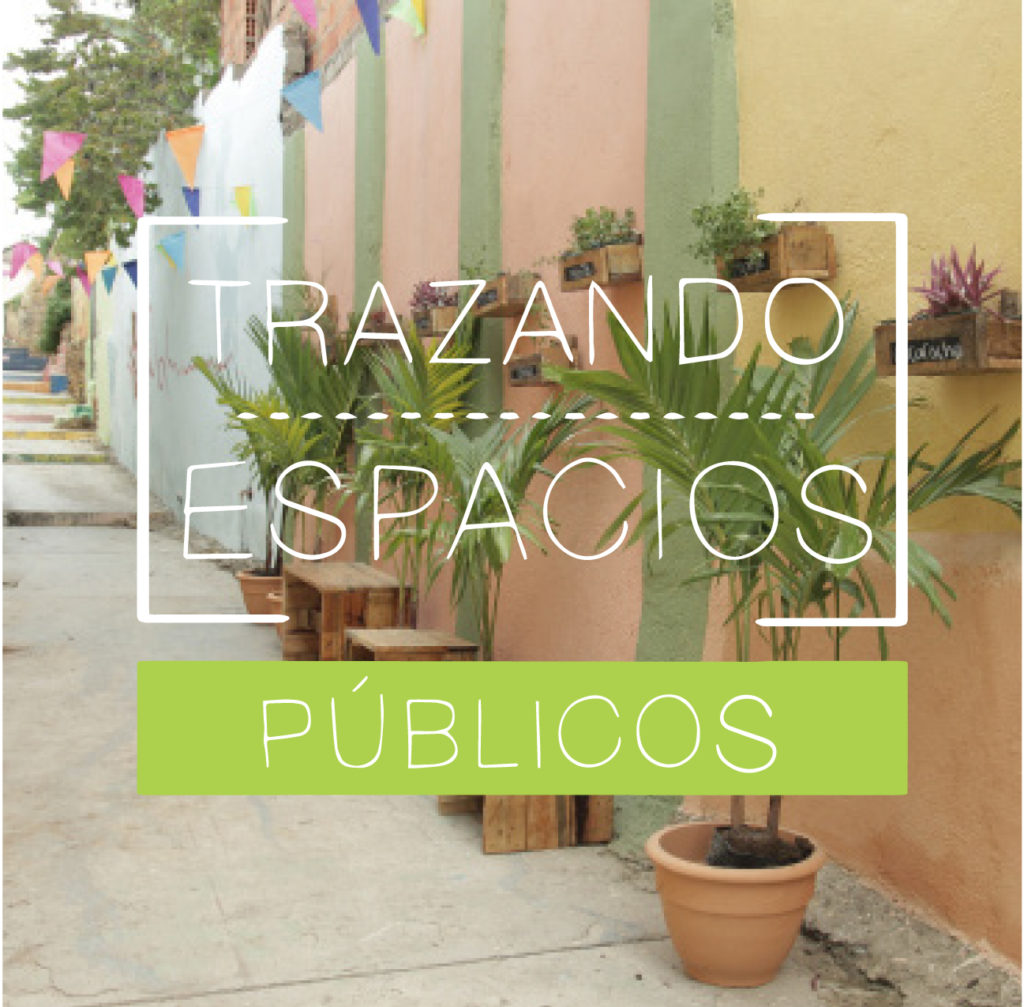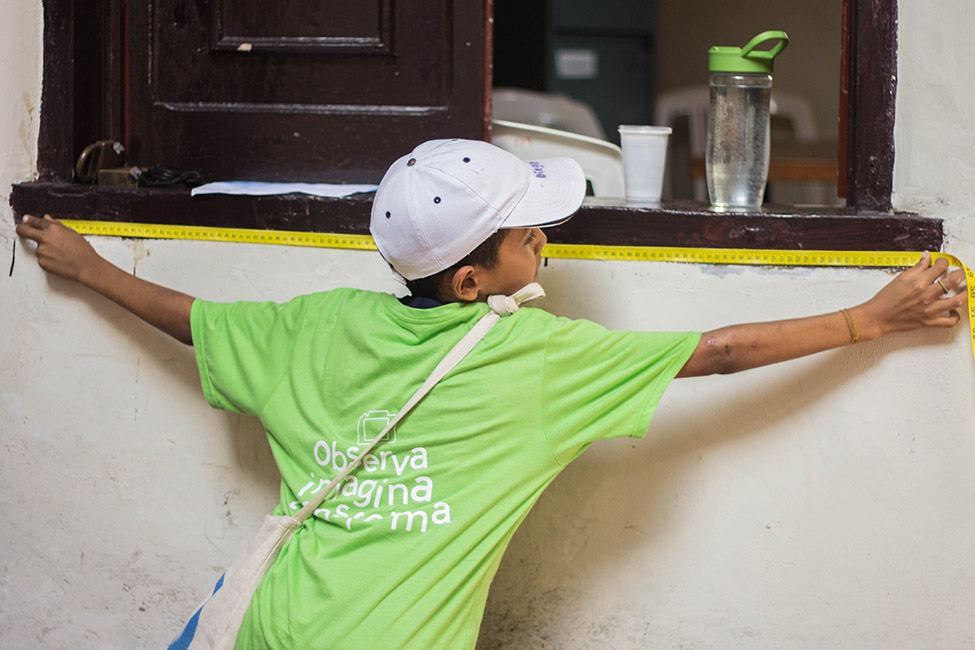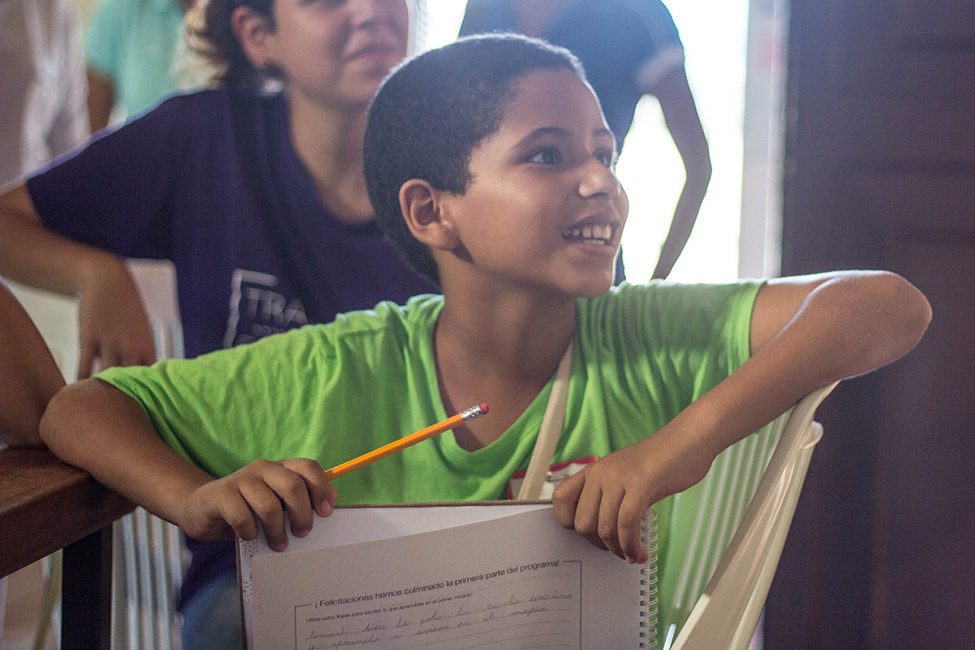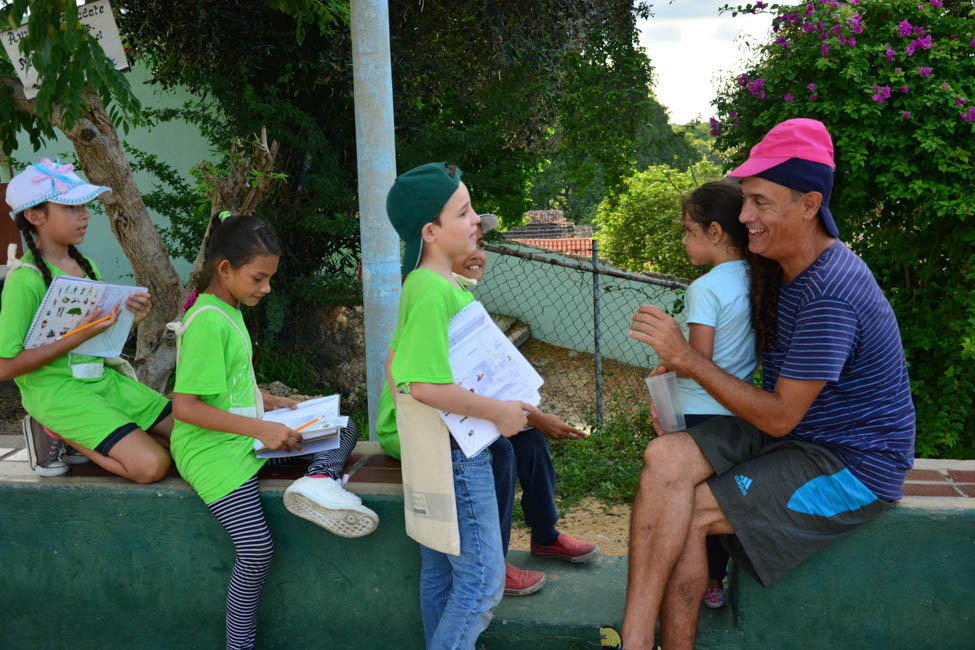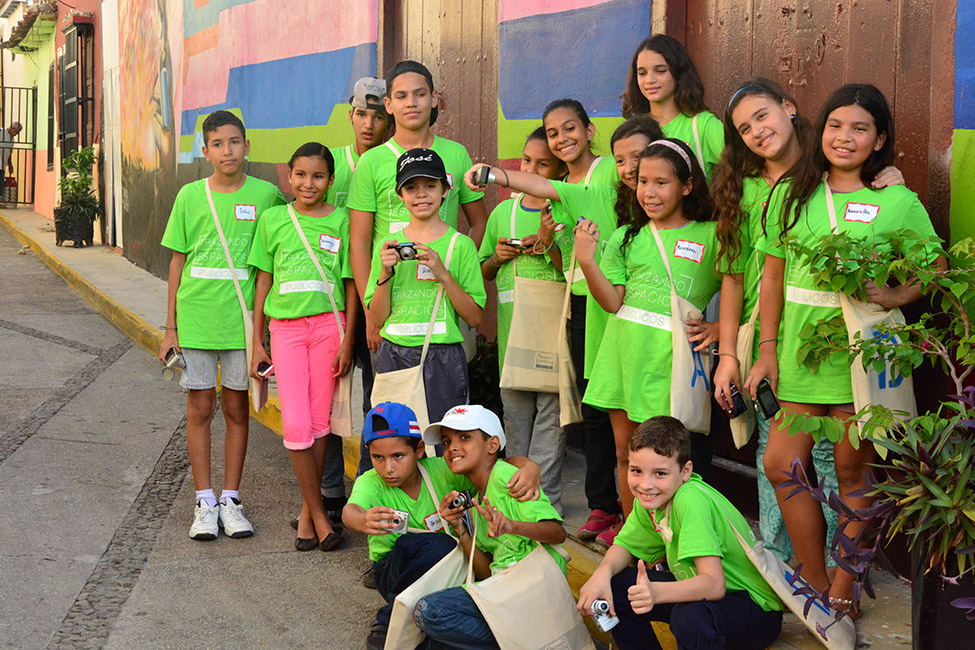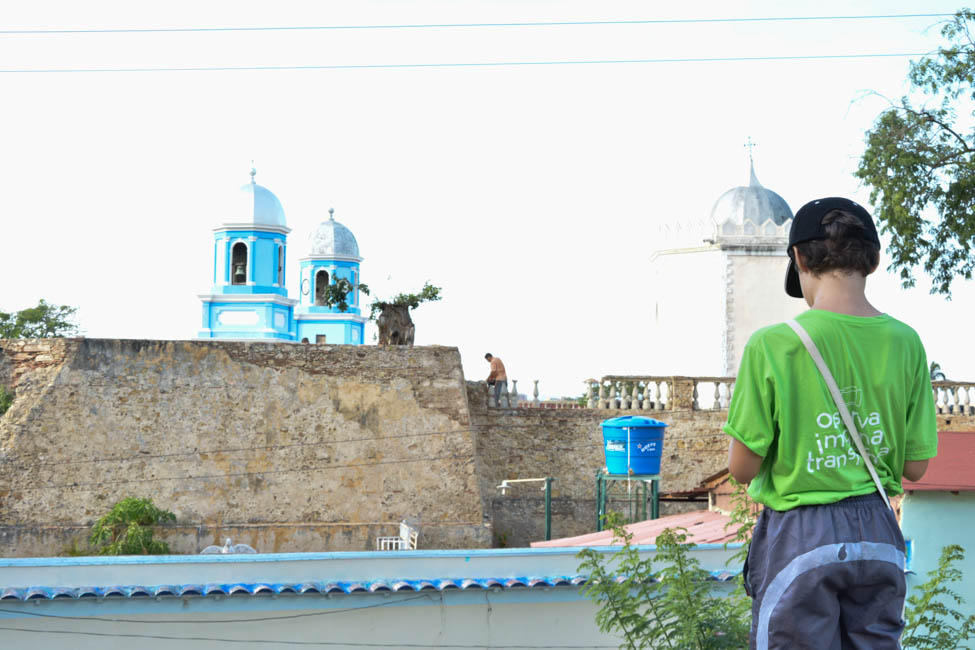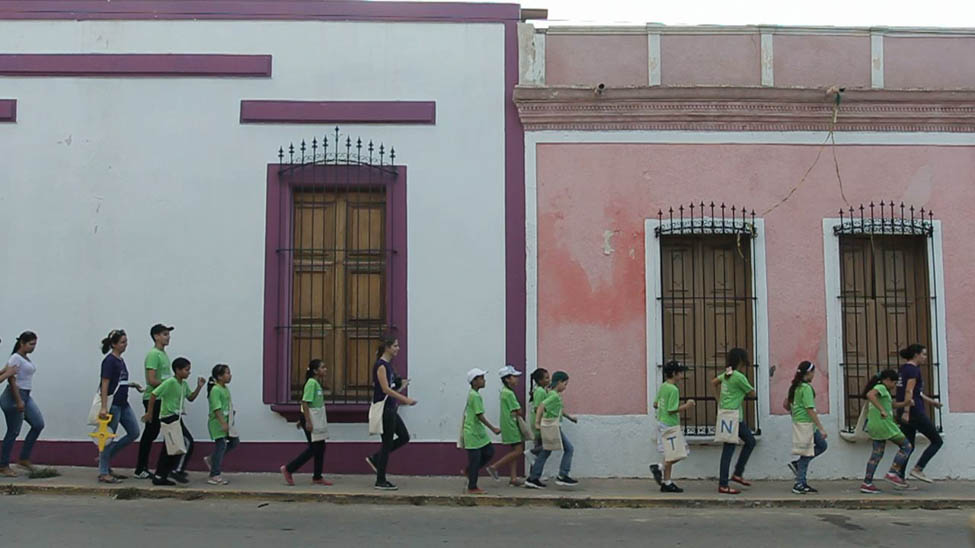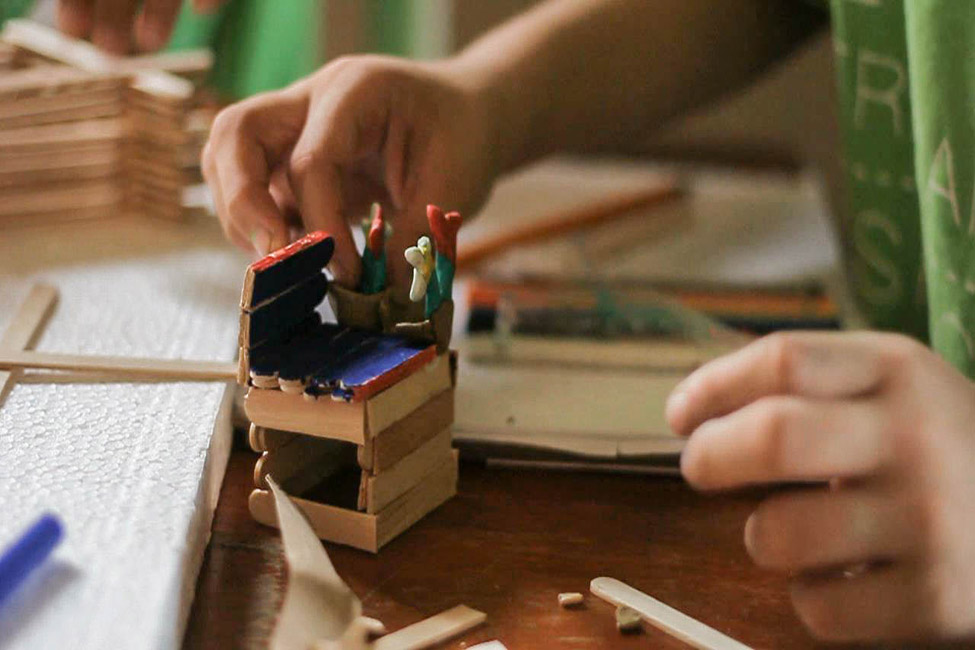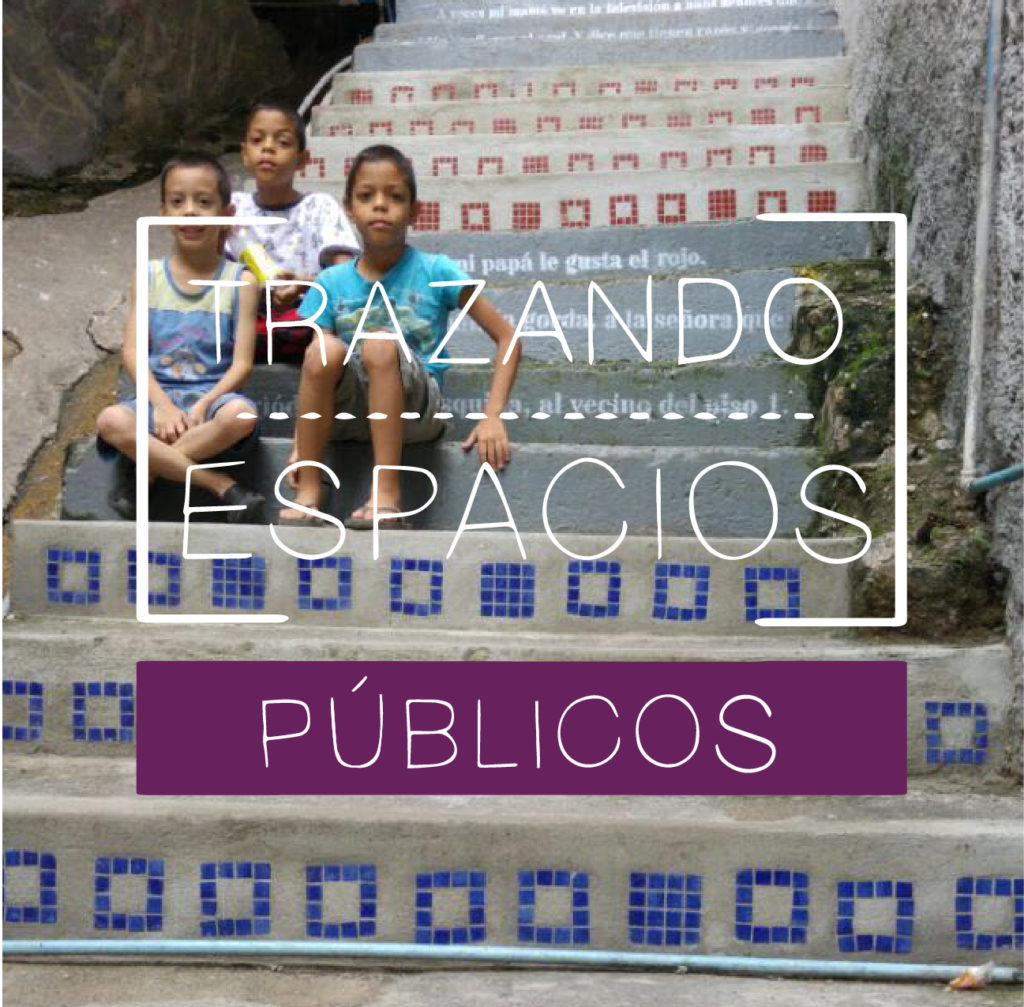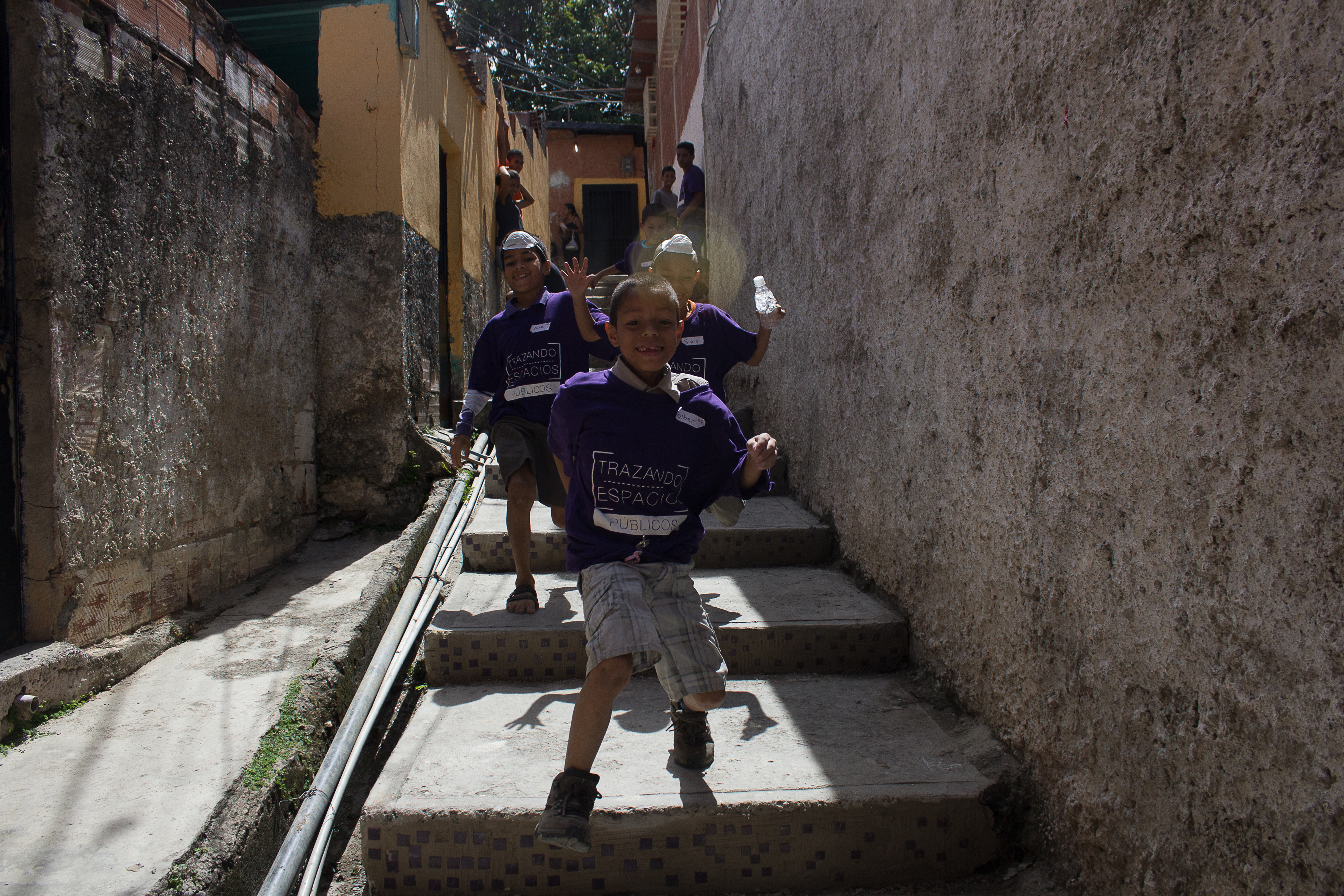Cumaná, State of Sucre, Venezuela. November 2016.
Team: Ana Vargas, Raquel Portillo, Ana Rodríguez and Diana Ruiz.
The Tracing Spaces project for Quetepe Alley was held in the historic center of the city of Cumaná, thanks to the with the partnership with the Cumana Historic Center Foundation and the Inter-American Development Bank. To conduct this workshop part of the TEP team traveled to the city of Cumaná and spent a week working with 15 youth between the ages of 9 and 16, residents of this historic center.
In this program the young people learned to see their community from a new perspective. Using photography as a tool, they took pictures of more than twenty places that reflected the local identity and the spaces that had potential for transformation. They chose, along with members of the community, one that is special to them: "The Quetepe Alley".
After choosing the place to intervene and conducting surveys with neighbors to identify local needs, participants made models to express their ideas and propose different types of furniture, planters and decorative elements for the alley which is approximately 70 meters long and 2.5 meters wide.
Based on the design proposals made, students built benches made of recycled pallets to sit individually or in pairs, along with planters for shade trees, as well as a few wall planters to plant herbs for the use of local residents. Colorful pennants along the street added to the decor of Quetepe Alley.
This week's experience confirmed that the historic center of Cumaná is full of places with potential for the tourism sector: its picturesque architecture and various public spaces are ideal to welcome tourists and give life to this area.
The intervention carried out in the Quetepe Alley is simple but forceful in its intention to be an alternative to activation of public space by transforming a 70 meter long alley that was used just to pass through, into a place where pedestrians are invited to stay and share in a pleasant space full of color and greenery.

